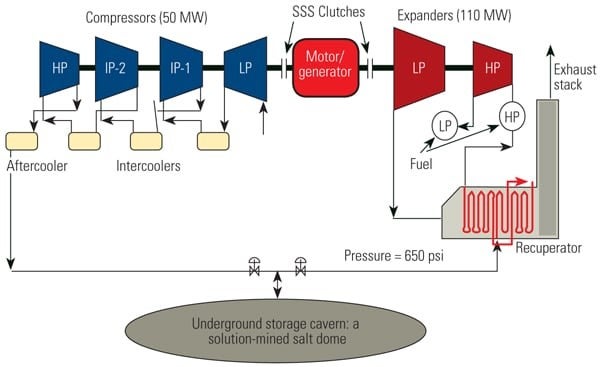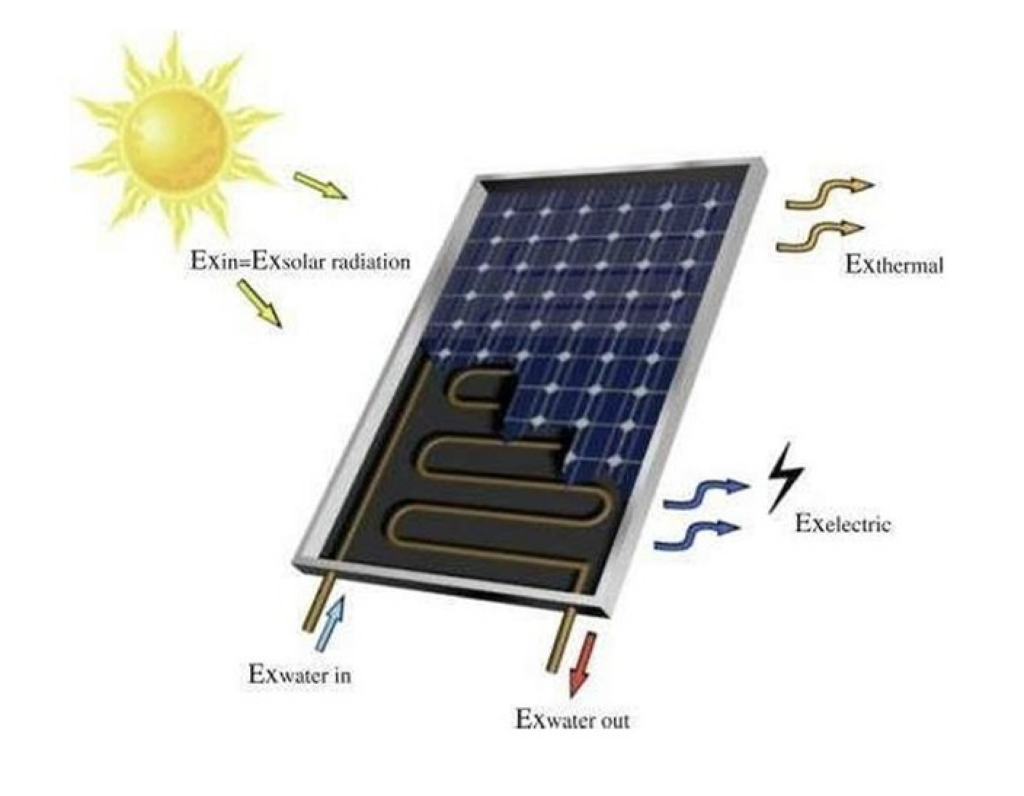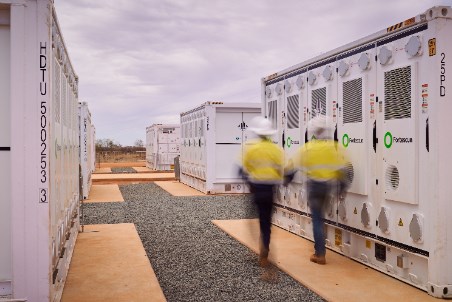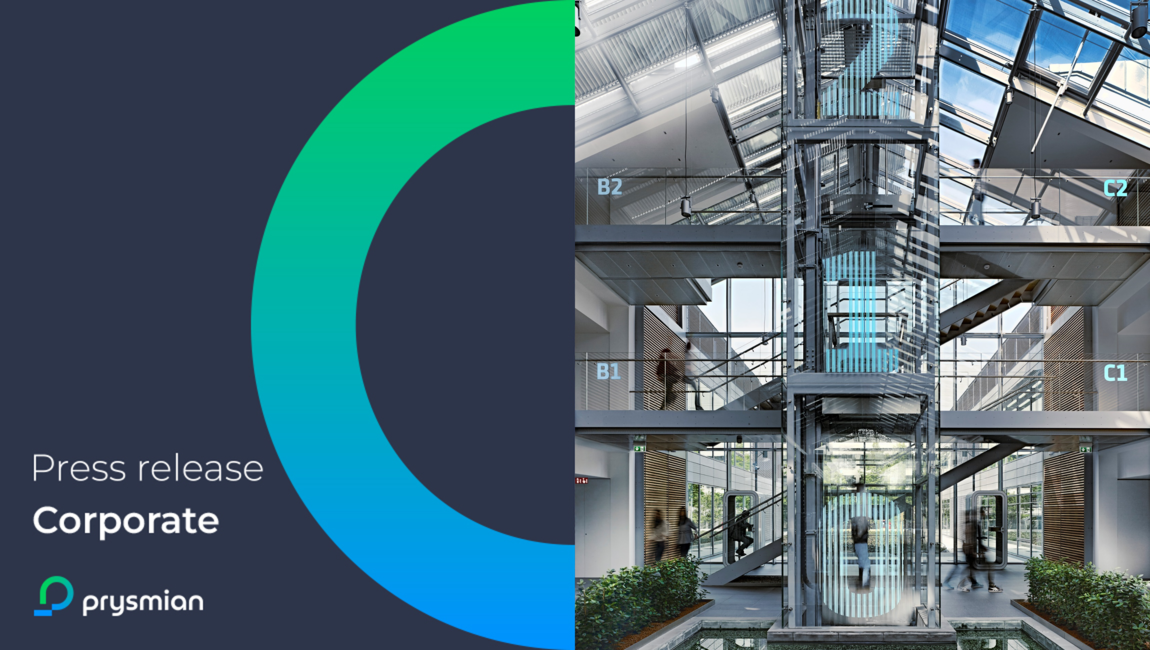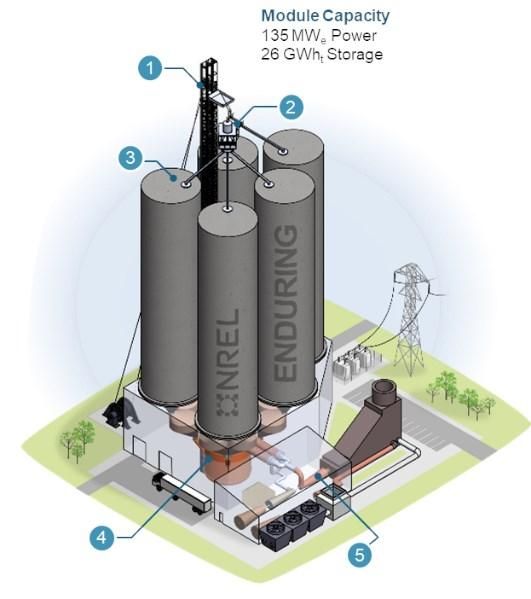Honda powers data centers using fuel cells – Inspenet

Report on a Collaborative Initiative for Sustainable Data Center Power Generation
Introduction: A Partnership for Sustainable Development
A demonstration project has been initiated in Shunan, Japan, by Honda Motor Co., Ltd., Tokuyama Corporation, and Mitsubishi Corporation. This initiative focuses on operating a distributed data center powered by a stationary hydrogen fuel cell power plant. The project represents a significant step towards achieving several United Nations Sustainable Development Goals (SDGs), particularly in the areas of clean energy, sustainable infrastructure, and climate action.
Technological Framework and Contribution to SDGs
SDG 12: Responsible Consumption and Production
The core of the power plant utilizes repurposed fuel cell systems from Honda’s CR-V e:FCEV model electric vehicles. This circular economy approach extends the lifecycle of automotive components, directly contributing to SDG 12 by promoting resource efficiency and reducing waste in production cycles.
SDG 7: Affordable and Clean Energy
The project is powered by hydrogen, a clean energy carrier. The hydrogen is sustainably sourced on-site through a saltwater electrolysis process developed by Tokuyama Corporation. This ensures a constant, low-emission fuel supply, aligning with the objectives of SDG 7 to ensure access to affordable, reliable, and sustainable modern energy.
SDG 9: Industry, Innovation, and Infrastructure
The electricity generated powers a distributed data center operated by Mitsubishi Corporation. This innovative application validates the performance of fuel cell technology in high-demand environments, fostering resilient and sustainable infrastructure as mandated by SDG 9. The power plant’s ability to start up and supply electricity in approximately 10 seconds highlights its reliability for critical infrastructure.
Operational Objectives and Strategic Alignment
Multi-Modal Energy Management
The project aims to test the facility’s performance across several operational modes, managed by an advanced Energy Management System (EMS). These modes include:
- Functioning as a backup power source during outages.
- Operating as a primary, off-grid power system.
- Reducing peak consumption from the main electrical grid (peak shaving).
- Balancing grid supply and demand by feeding power back into the system.
SDG 13: Climate Action
A primary objective is to advance the decarbonization of data centers, a sector with rapidly growing energy demand driven by advancements in artificial intelligence and autonomous systems. By providing a clean power alternative, this project directly supports SDG 13 by taking urgent action to combat climate change and its impacts.
Future Projections and Collaborative Impact
SDG 17: Partnerships for the Goals
The collaboration between Honda, Tokuyama, and Mitsubishi exemplifies the multi-stakeholder partnerships crucial for achieving the SDGs, as outlined in SDG 17. The project seeks to reduce adoption costs for clean energy solutions and create a viable model for decarbonizing critical industrial, commercial, and service sectors. This initiative reinforces Honda’s long-term hydrogen strategy and opens new pathways for sustainable industrial development.
Analysis of Sustainable Development Goals in the Article
1. Which SDGs are addressed or connected to the issues highlighted in the article?
-
SDG 7: Affordable and Clean Energy
- The article focuses on a “stationary fuel cell power plant” that uses hydrogen from a “low emissions” process to generate electricity. This directly relates to the goal of ensuring access to affordable, reliable, sustainable, and modern energy for all.
-
SDG 9: Industry, Innovation, and Infrastructure
- The project involves creating innovative infrastructure (“hydrogen-derived data center”) and adapting existing technology (“fuel cell systems from FCEV electric vehicles… adapted for stationary use”). This supports building resilient infrastructure, promoting inclusive and sustainable industrialization, and fostering innovation.
-
SDG 12: Responsible Consumption and Production
- The project “reuses fuel cell systems from FCEV electric vehicles.” This practice of adapting and repurposing technology aligns with the goal of ensuring sustainable consumption and production patterns, specifically by reducing waste.
-
SDG 13: Climate Action
- A primary objective of the project is the “decarbonization of power for data centers.” By developing a low-emission power source, the initiative directly contributes to urgent action to combat climate change and its impacts.
-
SDG 17: Partnerships for the Goals
- The article explicitly mentions the “collaboration between the three companies” (Honda, Tokuyama Corporation, and Mitsubishi Corporation) to achieve these goals. This highlights the importance of multi-stakeholder partnerships to implement the SDGs.
2. What specific targets under those SDGs can be identified based on the article’s content?
-
Target 7.2: By 2030, increase substantially the share of renewable energy in the global energy mix.
- The project utilizes hydrogen derived from a “saltwater electrolysis process” with “low emissions” to power a data center, which represents an increase in the share of clean energy for a high-demand industrial application.
-
Target 9.4: By 2030, upgrade infrastructure and retrofit industries to make them sustainable, with increased resource-use efficiency and greater adoption of clean and environmentally sound technologies and industrial processes.
- The initiative aims to “advance the decarbonization of power for data centers” by implementing a clean fuel cell power plant, which is a direct effort to upgrade critical infrastructure (data centers) with sustainable and clean technology.
-
Target 12.5: By 2030, substantially reduce waste generation through prevention, reduction, recycling and reuse.
- The project’s strategy to “reuse fuel cell systems from FCEV electric vehicles” is a clear example of reducing waste by repurposing industrial components that might otherwise be discarded.
-
Target 13.2: Integrate climate change measures into national policies, strategies and planning.
- While not a national policy, this corporate strategy to “advance the decarbonization of power” is a tangible measure that aligns with broader climate action goals and demonstrates how industries can integrate climate change mitigation into their operations.
-
Target 17.17: Encourage and promote effective public, public-private and civil society partnerships, building on the experience and resourcing strategies of partnerships.
- The joint demonstration by Honda, Tokuyama, and Mitsubishi is a private-sector partnership aimed at developing and validating sustainable technology, directly reflecting the principle of this target.
3. Are there any indicators mentioned or implied in the article that can be used to measure progress towards the identified targets?
-
For Target 7.2:
- An implied indicator is the amount of electricity generated by the fuel cell power plant using low-emission hydrogen. The article mentions the plant will supply a “distributed data center operated by Mitsubishi,” indicating a measurable energy output.
-
For Target 9.4:
- The primary indicator is the “decarbonization of power for data centers.” Progress could be measured by the reduction in CO2 emissions compared to powering the data center with conventional grid electricity.
-
For Target 12.5:
- A direct indicator is the number of “fuel cell systems from FCEV electric vehicles” that are successfully reused. This quantifies the waste reduction achieved through this circular economy approach.
-
For Target 13.2:
- The reduction in greenhouse gas emissions from the data center’s power supply serves as a key performance indicator for this climate action measure. The mention of “low emissions” from the hydrogen source is a qualitative indicator of this effort.
-
For Target 17.17:
- The existence and operational success of the “collaboration between the three companies” is an indicator. The project’s ability to “validate the performance of this type of infrastructure” would measure the effectiveness of the partnership.
4. Summary Table of SDGs, Targets, and Indicators
| SDGs | Targets | Indicators |
|---|---|---|
| SDG 7: Affordable and Clean Energy | 7.2: Increase the share of renewable energy in the global energy mix. | Use of a “stationary fuel cell power plant” with hydrogen from a “low emissions” process to power a data center. |
| SDG 9: Industry, Innovation, and Infrastructure | 9.4: Upgrade infrastructure and retrofit industries for sustainability with clean technologies. | The “decarbonization of power for data centers” through the adoption of fuel cell technology. |
| SDG 12: Responsible Consumption and Production | 12.5: Substantially reduce waste generation through reuse. | The practice of “reuses fuel cell systems from FCEV electric vehicles” for stationary power generation. |
| SDG 13: Climate Action | 13.2: Integrate climate change measures into strategies and planning. | The project’s stated goal to “advance the decarbonization of power,” which implies a measurable reduction in greenhouse gas emissions. |
| SDG 17: Partnerships for the Goals | 17.17: Encourage and promote effective public-private partnerships. | The “collaboration between the three companies” (Honda, Tokuyama, and Mitsubishi) to jointly develop and demonstrate the technology. |
Source: inspenet.com

What is Your Reaction?
 Like
0
Like
0
 Dislike
0
Dislike
0
 Love
0
Love
0
 Funny
0
Funny
0
 Angry
0
Angry
0
 Sad
0
Sad
0
 Wow
0
Wow
0

















































:focal(1500,1000)/https://media.globalcitizen.org/a6/9a/a69a4720-d8a1-4715-b596-18738d03c05c/rotary_polio_hero_image.jpg?#)






/countries/sri-lanka/photo-credit---dmc-sri-lanka.tmb-1200v.jpg?sfvrsn=dc298bcc_1#)







